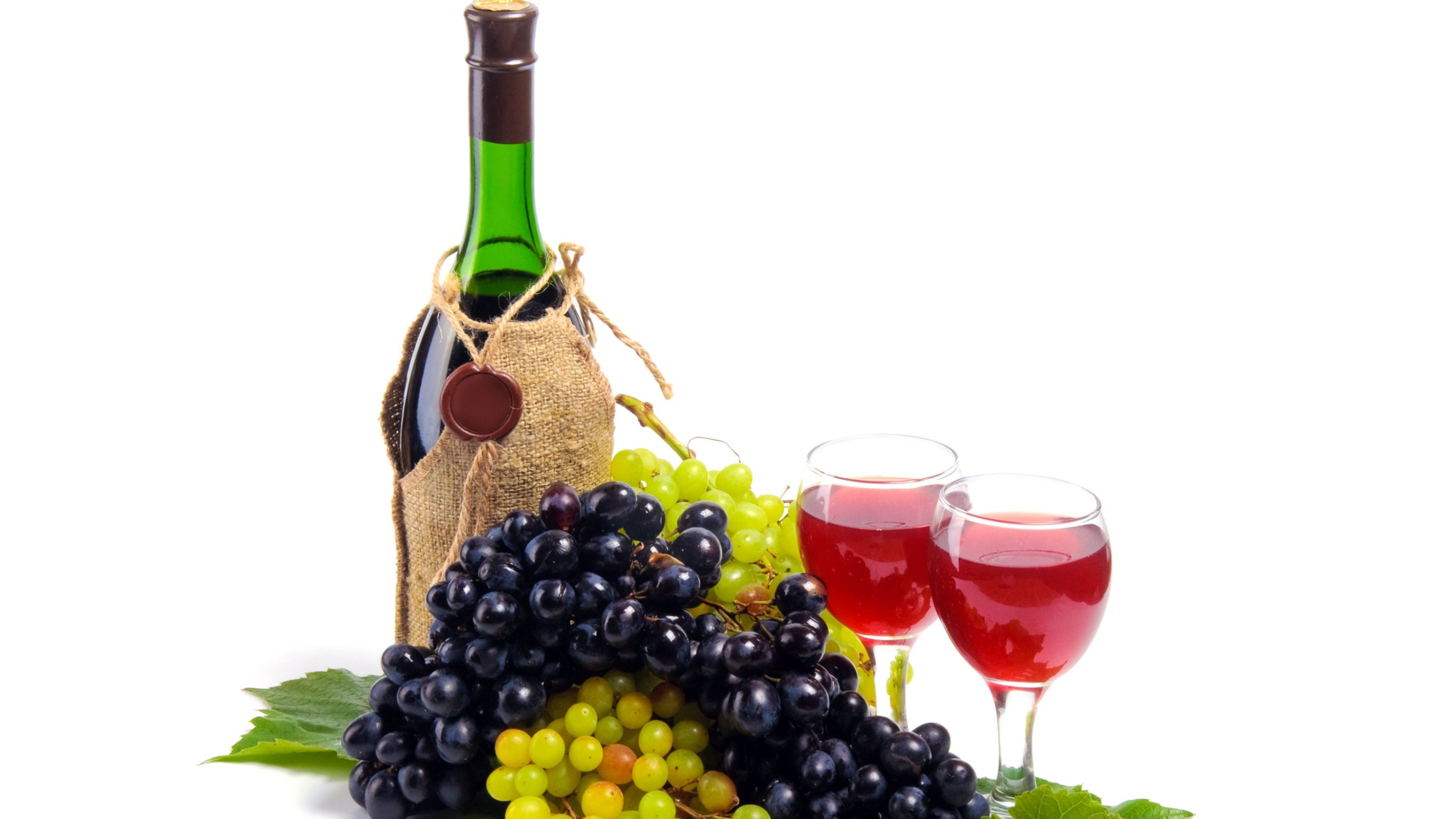
Credit: iStock Photo
“Can you hear the wine sing,” asks Daniel Garcia-Pita, co-owner and chief winemaker at El Regajal. I’m a bit taken aback. Having visited many wineries, I know the basics of wine tasting — see, swirl, sniff, and sip — but I had never heard about listening to wine. Curious, I raise the glass to my ear, and sure enough I can hear a bubbling of sorts (even though I can’t see it). “That’s malolactic fermentation or malic acid, which is naturally present in grapes, getting converted to lactic acid,” he says. This is usually the secondary fermentation to give both red and white wines a richer, creamier texture.
Walk in the vineyards
El Regajal is a family-run winery on the outskirts of Aranjuez, less than an hour’s drive south of Madrid. It is part of Vinos de Madrid, the DO (Denominación de Origen) title that covers the vineyards around Spain’s capital city. Unlike the better-known wine-making regions of Spain like Rioja and Ribera del Duero, the region of Madrid is much smaller — about 12,000 hectares of vineyards, of which approximately 8,900 hectares are DO-protected. It’s also not the most conducive region to make wine given its arid conditions. In 1560, King Felipe II declared Aranjuez a royal site and made it the capital of the Kingdom of Castile. This gave a temporary fillip to wines from Madrid region but it was only after it received the DO status in 1990 that the wines gained some popularity.
Today, there are about 50 wineries in the region, including the largest producer Vinos Jeromín, which makes upwards of 1 million bottles a year. The others are small-to-mid wineries like El Regajal, which produces about 35,000 bottles of only one kind of wine.
Special Selection Regajal is a blend of Tempranillo, Cabernet Sauvignon, Syrah, Merlot, and Petit Verdot grapes, which are aged for 13 months in French oak barrels. Garcia-Pita gives me a taste of the wine — by opening the taps of stainless steel tanks or straight from the barrels. Because I get a chance to taste the same wine over different stages of production, I can actually taste how it evolves over time, including the aforementioned “singing” stage of second fermentation. The end product is an elegant, easy-drinking red with notes of dark berries, ripe plums, and spices with a creamy mouthfeel.
Culture of wine
On the drive back to Madrid, I think about how humans have been producing wine for thousands of years and how it is truly one of our ancient “foods”. Winemaking in Spain can be traced back 3,000 years to the Phoenicians, and it was further refined by the Romans. Given its long legacy, it is no surprise that wine has often served as a source of inspiration throughout the history of art. It is precisely this connect that Madrid’s Thyssen-Bornemisza National Museum explores through its thematic tour, Art & Wine. The audio-guided tour takes you through the galleries of the Museum’s permanent collection, giving you a deep dive into how art and wine go hand in hand.
Historically, winemaking has been characterised as a religious offering and in the Christian faith, is associated with the blood of Jesus Christ. This symbolism is seen often in many artworks at the Thyssen, whether it is the ‘Last Supper’ by a 15th-century Delft-based painter known as Master of the Virgo inter Virgines or a 16th-century diptych of Saint Elizabeth offering bread and wine to beggars. The tour takes you through other Biblical themes like the story of Lot’s daughters who have sex with Lot without his knowledge (while he is under the influence of wine) to bear him children. There are a couple of paintings that depict this at Thyssen, but I found the one by Hendrik de Somer most evocative. Of course, the art-wine connect isn’t restricted to religion, and you can see several works of everyday people enjoying their tipple — like Gerrit van Honthorst’s ‘The Happy Violinist’ or Adriaen Brouwer’s ‘Village Scene with Men Drinking’, or Adriaen van Ostade’s ‘Tavern Interior’. The most eye-catching exhibit is a set of 16th-century gilt-mounted Nautilus cups (mother-of-pearl shells) elaborately decorated with scenes of Bacchus (the God of winemaking) marrying Ariadne. Juxtaposed against these is a still life by 17th-century Dutch artist Willem Kalf depicting a nautilus cup as a wine chalice.
Later in the evening, I get to Lavapiés, my favourite barrio (neighbourhood) in Madrid. This is the city’s hippest district, a multicultural melting pot positively humming with energy, where the walls are splashed with colourful murals and lively tabernas that line the narrow streets. As I graze on tapas, I make it a point to order Madrid DO wines — after all, it’s all about eating local and regional, right?